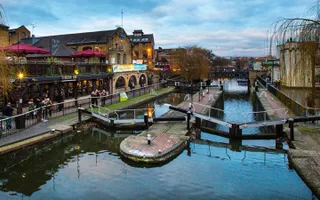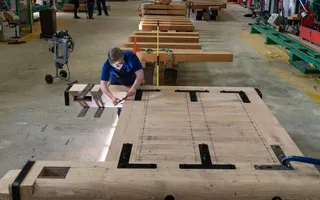What are canal locks for?
Canal locks change the water level in the canal so boats can go up and down hills. A lock is a stretch of canal that is blocked off at each end by solid gates. These gates are opened or closed to allow water to fill or drain from the lock.







